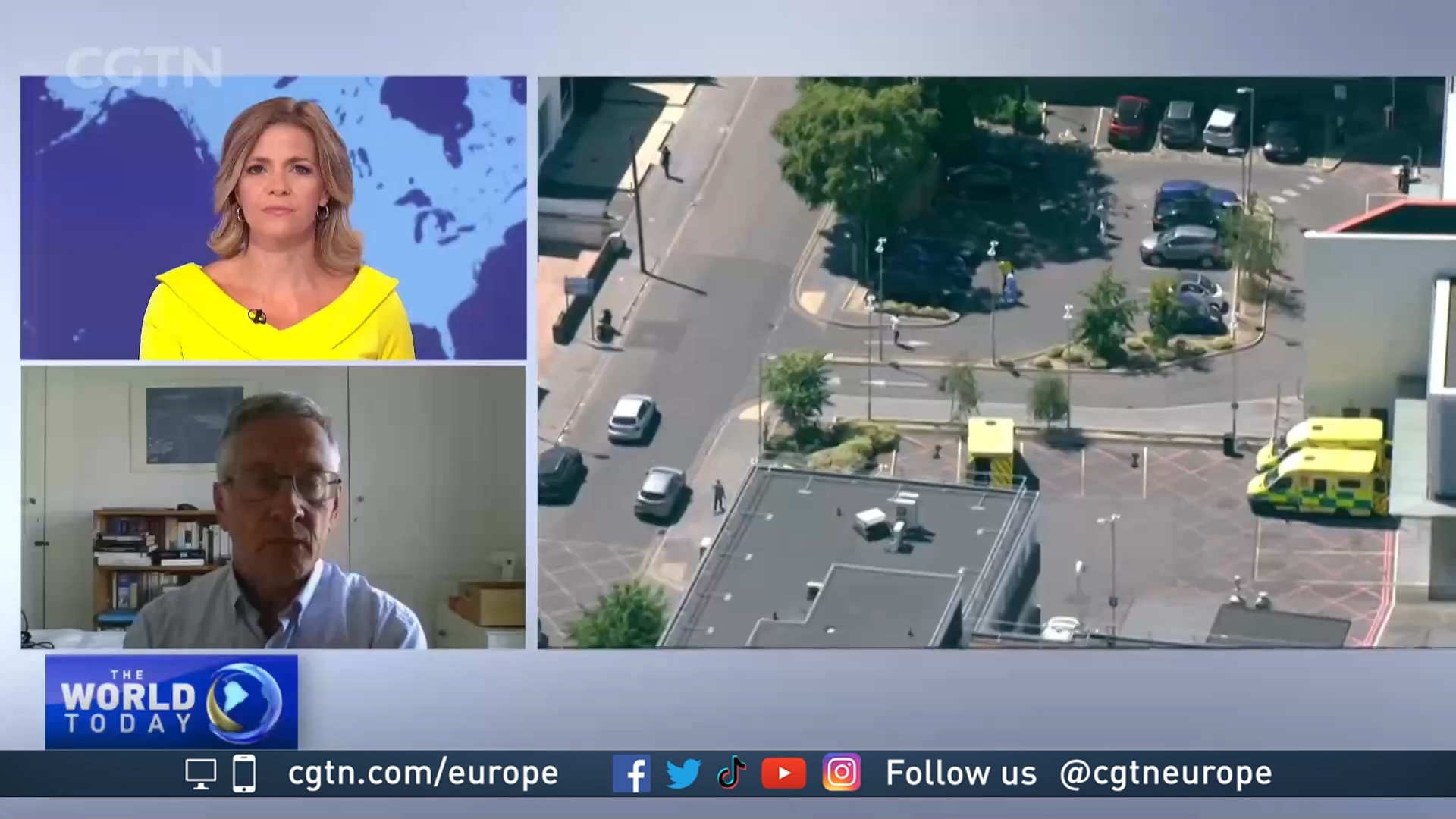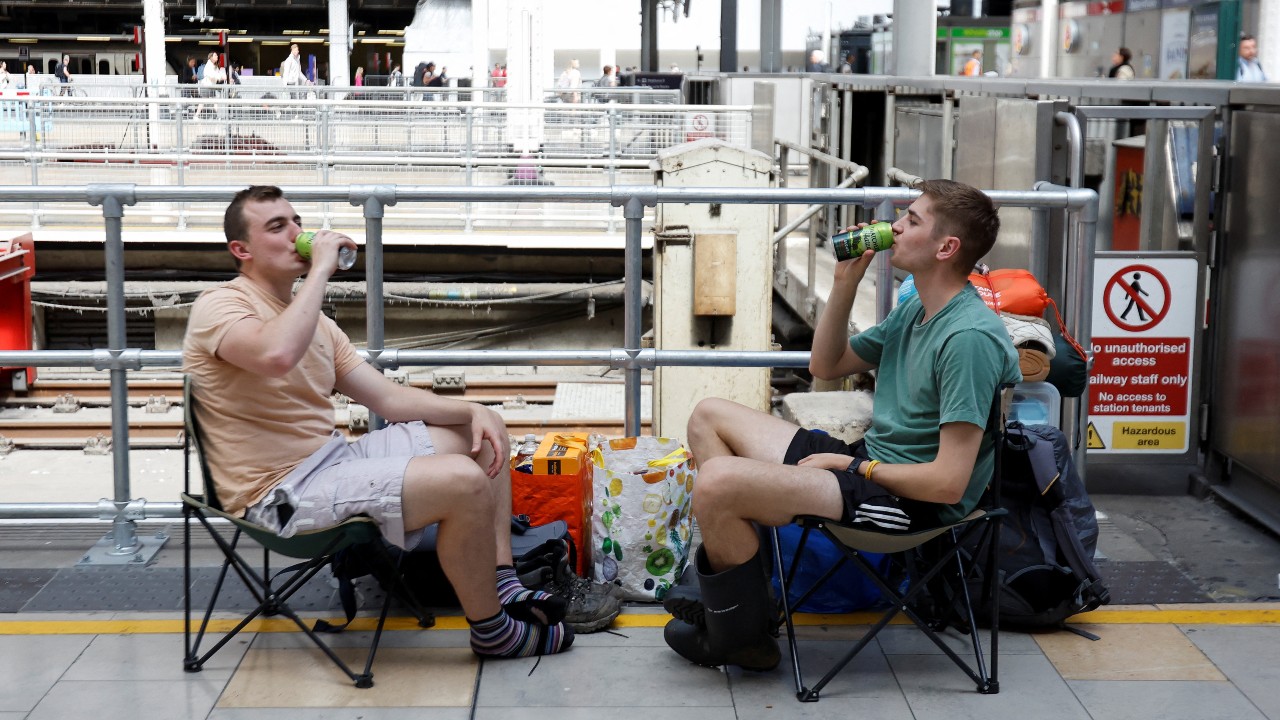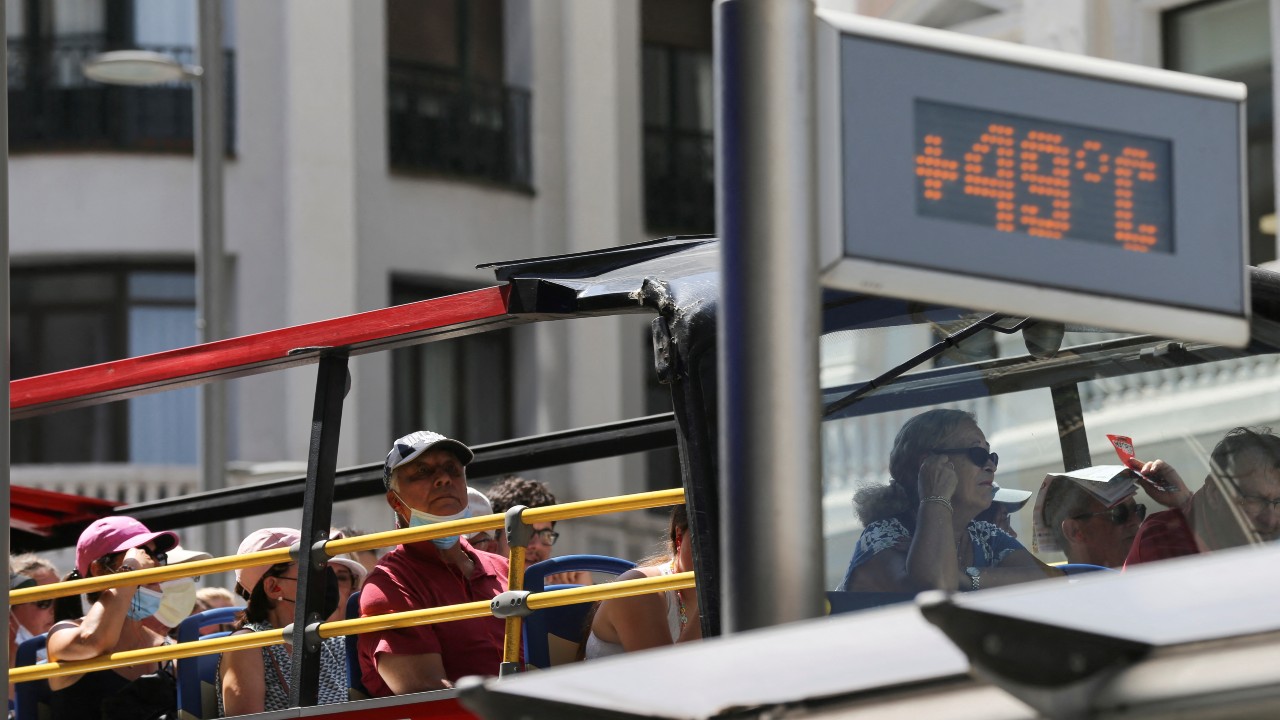05:19

Europe is sweltering in a continent-wide heatwave that is bringing unprecedented temperatures, widespread wildfires and increasing threats to health and welfare – and there's a very simple reason for it, a climate scientist has told CGTN.
"It's entirely down to the increasing concentration of greenhouse gases caused by the burning of fossil fuels," insists Nigel Arnell, a professor of climate change science at the University of Reading.
"The report from the Intergovernmental Panel on Climate Change, published last year, was really hard-hitting," he tells CGTN. "It said it is unequivocal that the increase in temperature was due to the human emissions of greenhouse gases through the burning of fossil fuels."
READ MORE
From Galileo to Webb: a stargazing history
Deciphering the Stonehenge calendar
Lynx cut off by Poland's border wall
While Arnell acknowledges that "Nowhere is going to be completely safe against any weather extreme," he also notes that "Most places are set up to cope with the conditions that they're used to." More extreme weather in regions that are usually comparatively temperate can have a huge effect on an unprepared population – and its national infrastructure.
"People's health is being affected, people's livelihoods are being affected, our ability to work is affected," says Arnell. "But perhaps more importantly and more widespread, the services that we rely on are being adversely affected."
Why the railways run slow in a heatwave
This has already been noted in the UK, where unusual heat can affect railway services. Network Rail, which owns and runs most of the UK's rail infrastructure, warned of reduced services and slower speeds during the heatwave.
That's because steel railway lines, which easily absorb heat, can heat up to 20 degrees Celsius above the surrounding air temperature. Hot steel expands, which means rails can bend or even buckle. To reduce the strain on the steel, trains are run at lower speeds – reducing the network efficiency.

Travelers may have to take a more leisurely attitude to train travel, if the infrastructure can't cope. /Peter Cziborra/Reuters
Travelers may have to take a more leisurely attitude to train travel, if the infrastructure can't cope. /Peter Cziborra/Reuters
Meanwhile, the network of 25,000-volt overhead electric cables is also susceptible to overheating, stretching and hanging too low – meaning the wires can get caught on passing trains, knocking out the electricity supply.
Arnell, meanwhile, worries about another national infrastructure: "We know our health service is expecting to deal with a larger number of people with heat-related conditions at the moment whilst working in buildings that are not designed to work well in these sorts of temperatures.
"So there are lots of different dimensions of our lives that are being affected at the moment by the heatwaves and will continue to do so because we will continue to get more heatwaves like this."
Changing the gameplan
As extreme weather becomes more commonplace, authorities will have to change their structures to cope.
"Increasingly, governments and organizations are recognizing that we need to adapt," Arnell says. "What our infrastructure is designed to do is now out of date: The temperatures are higher and conditions are quite different and they're going to change even more over the next few decades."

A Madrid tourist bus rides past a thermometer displaying 49 degrees Celsius. /Isabel Infantes/Reuters
A Madrid tourist bus rides past a thermometer displaying 49 degrees Celsius. /Isabel Infantes/Reuters
While Arnell is glad to report that the interest is growing, change-seekers face problems.
"It's relatively straightforward to try and adapt things that we're building now, but it's much more difficult to adapt things that already exist – like our rail network, our hospitals," he explains.
"But the biggest challenge is if the responsibilities are spread across a load of different organizations and departments – it's not as if there's one organization that says 'This is what needs to be done.' It's a governance problem as well as a technical problem."
Personal responsibility
Arnell feels that extreme weather events need to be seen as warnings rather than curiosities.
"At the moment we're in quite an extreme event, seen probably as a bit of a one-off," he says. "We tend to see hot weather as being a nice thing – quite often when we see hot weather news stories, they're illustrated by people eating ice cream: rarely do you see people suffering. I don't think we recognize that extreme heat like this is potentially really very damaging to our health and our livelihoods."
However, he hopes that repeated exposure will gradually bring about behavioral change at an individual level. "Once we've gone through this event, people may have different expectations of our services and our infrastructure – what time of day we work, what time of day we travel and so on," he says.
But while we can all do our bit, the bigger picture is that fighting climate change will take a huge effort at governmental level, and Arnell hopes these weather events will kick that into action.
"In my view, progress on reducing emissions has stalled since the COP26 conference last year," he says. "Hopefully the sort of events we're seeing this year will lead to a redoubling of efforts to try and reduce emissions."

